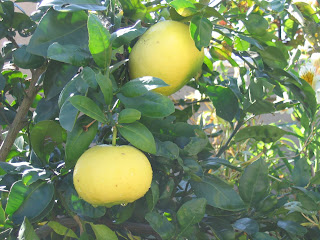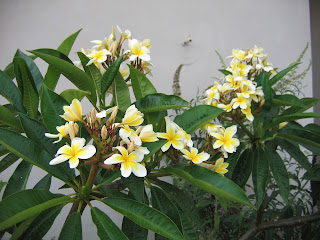White Sapote -How I rescued the tree from an infestation of black scales and ants
White sapote (Casimiroa edulis) is an uncommon fruit in California. I have not seen the fruit in general or oriental supermarkets. The first time I saw white sapote was in a San Marcos nursery. The nursery had a special event for drought resistant flowering plant. My wife and I enjoyed the colorfully blooming butterfly bushes, penstemon and alstromeria and strolled around the nursery ground. We noticed a big trees with bright green leaves and numerous green round fruit on the tree. The fruit looked like green apple or guava, but the leaves definitely are different from apple or guava. A worker nearly told us that it was call white sapote and offered a couple of soft fruit to us. The skin of the fruit was soft and thin, the meat a light yellow. The texture of the fruit was very soft and creamy with slight sweetness. I was hooked. The white sapote just planted I subsequently bought a 5-gallon white sapote (Vernon) in a nursery. The plant grew quiet well in the ground and

